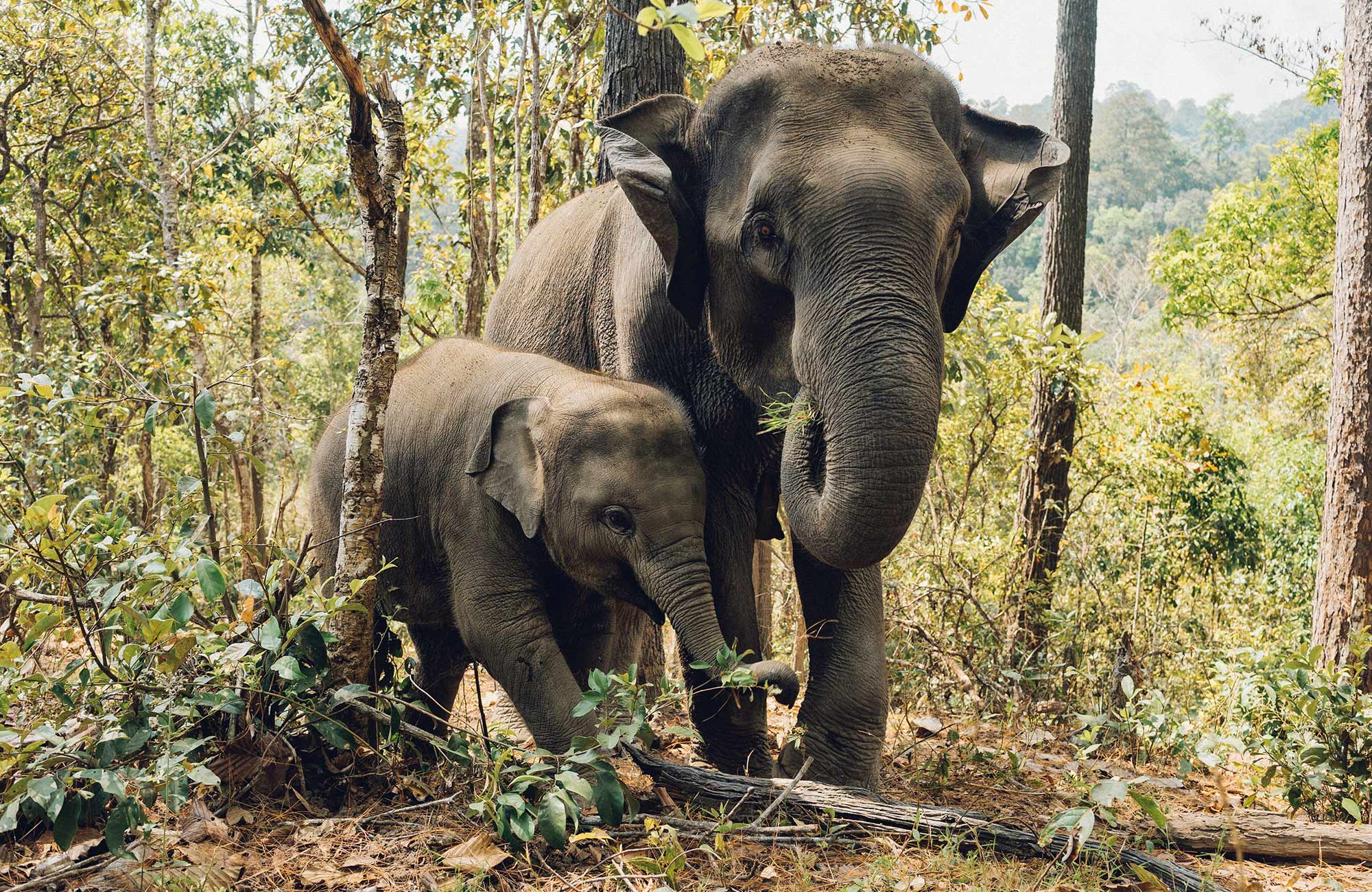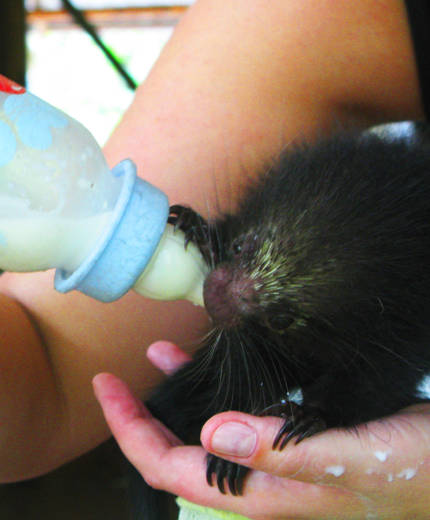Are you passionate about wildlife and want to make a difference in the lives of animals in need? If so, look no further! We offer unique and heartfelt volunteering opportunities around the world, working with people who are dedicated to improving animal welfare. Whether it's animal rescue, conservation, release or rehabilitation, there is an opportunity for everyone to offer their help where it's needed most.
Volunteer with animals on wildlife conservation projects
Our wildlife conservation projects are all about making a vital contribution to endangered species. By joining one of these projects, you'll get hands-on experience and a chance to go behind the scenes, helping to protect some of the world's most precious wildlife.
The ethical treatment of animals is very important to us, and we wouldn't feel comfortable sending travellers to projects we don't support 100%. That's why we've carefully selected our wildlife conservation projects and partnered with some of the most dedicated people you'll ever meet, so you can be sure that your efforts will make a real difference.
You can volunteer for 1-6 weeks and help elephants, African big cats, turtles, penguins, and orangutans. Alternatively, you can help treat domestic animals in poor neighbourhoods where most people cannot afford veterinary bills. Whatever your skills, we have a project that can benefit from your expertise.


